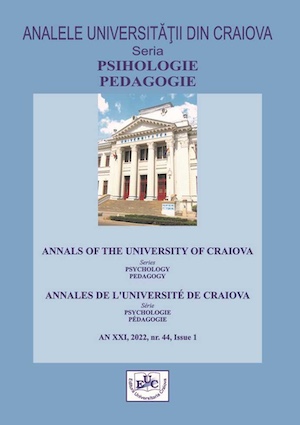SCHOOL ADAPTATION DIFFICULTIES IN THE PREPARATORY GRADE
SCHOOL ADAPTATION DIFFICULTIES IN THE PREPARATORY GRADE
Author(s): Florentin Remus MogoneaSubject(s): Preschool education, School education, Educational Psychology, Methodology and research technology, Inclusive Education / Inclusion, Pedagogy
Published by: Editura Universitaria Craiova
Keywords: Learning difficulties; Preparatory grade; The relationship kindergarten - school - family; The ability to attend school;
Summary/Abstract: Through the present study we intend to demonstrate that the main function ofthe primary cycle is the instrumental one which is meant to form intellectual abilities in students, to "teach them how to learn". The new curriculum requires are consideration of the value dimension of the “informative-formative” couple and, implicitly, a reconsideration of the whole process of designing teaching activities. The preparatory grade, integrated in compulsory education, established by the National Education Law no. 1/2011, proposes both a systematic educationalapproach, meant to train and test the school skills of preschoolers, and an educational approach that streamlines school placement, access and successful participation in education. From the perspective of the Education Law, the preparatory grade has the role of preparing a quality school debut, through institutionalized early education and by creating the educational premises for a school integration with low rates of early school leaving and with increased chances of future integration on the labor market of the current generations of preschoolers. The research we conducted, on a sample of teachers (93 subjects), school managers (43), parents (215 subjects) aimed at outlining a diagnosis of the role of the preparatory grade in getting ready for the school activity, based on learning, of the young student. The research methods we used analysed the curricular documents, the products of the students' activity, the survey based on the questionnaire, the corresponding tool being presented in the Annex. The research results validated the pursued hypotheses. We have identified both the advantages and disadvantages, as well as the proposals for streamlining the situation.
Journal: Analele Universității din Craiova, seria Psihologie-Pedagogie
- Issue Year: 44/2022
- Issue No: 1
- Page Range: 146-159
- Page Count: 14
- Language: English

